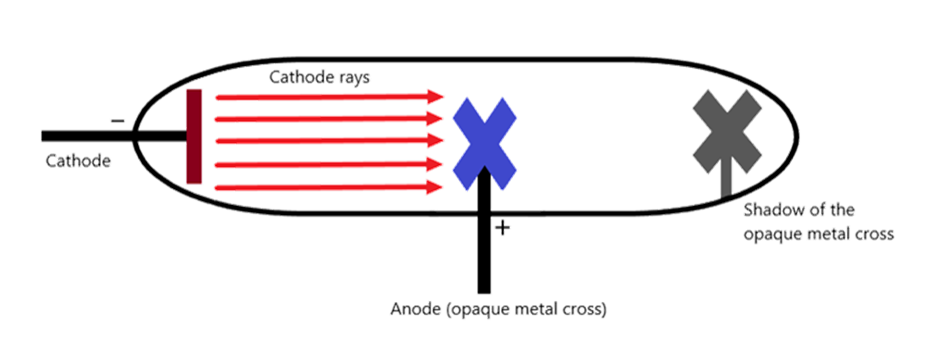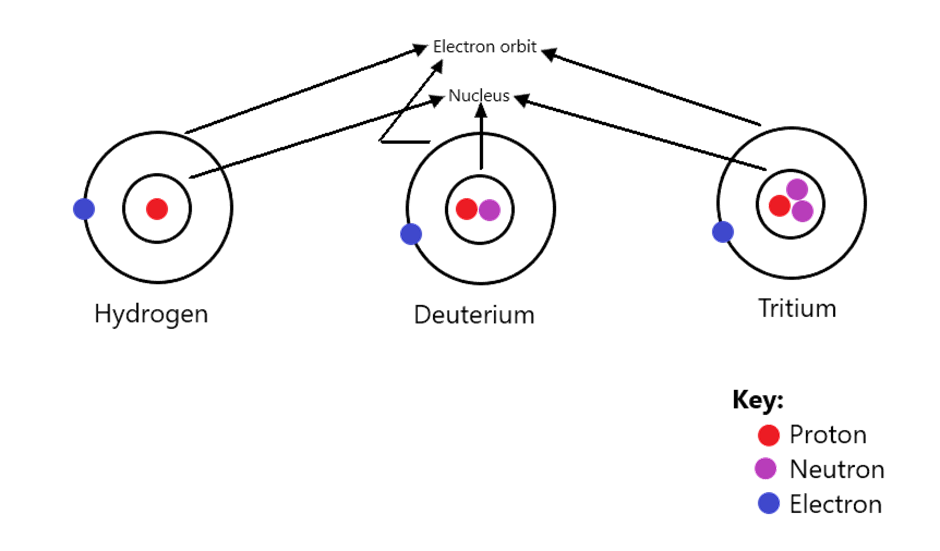Atoms and Molecules Class 9 Extra Questions and Answers Free PDF Download
CBSE Important Questions for Class 9 Science Atoms and Molecules - 2025-26
FAQs on CBSE Important Questions for Class 9 Science Atoms and Molecules - 2025-26
1. What types of questions from Atoms and Molecules Class 9 Chapter 3 are frequently asked in CBSE board exams?
Exam questions often focus on laws of chemical combination, definitions and differences between atoms and molecules, the mole concept, problems involving atomic and molecular masses, Dalton's atomic theory and its limitations, as well as numerical problems on percentage composition, empirical formulas, and mass-mole-particle conversions. High-weightage areas include the law of conservation of mass, law of definite proportions, and writing/identifying chemical formulae.
2. How can students effectively prepare for the important questions from Atoms and Molecules for the 2025–26 CBSE Class 9 Science exam?
To score well, students should:
- Understand and revise the key concepts like atomic mass, molecular mass, and laws of chemical combination.
- Practice numerical questions related to the mole concept and chemical formulas.
- Memorise the postulates of Dalton’s atomic theory and be able to identify its failures.
- Use flowcharts/diagrams to visualise atomic and molecular structures.
- Attempt previous years’ and sample exam questions for time management and exposure to all question types.
3. Why do CBSE board exams include so many calculation-based questions in Chapter 3 Atoms and Molecules?
Calculation-based questions assess conceptual understanding and the ability to apply theoretical knowledge to practical problems. Skills such as calculating molecular mass, converting mass to moles, and deducing empirical/molecular formulas are essential for building a foundation for higher studies in Chemistry. By solving these, students demonstrate mastery in both numerical reasoning and core scientific concepts.
4. What is the significance of the Law of Definite Proportion in answering important exam questions?
The Law of Definite Proportion states that a pure chemical compound always contains the same elements combined in a fixed ratio by mass, regardless of the sample’s source. This principle is frequently tested through questions on composition, empirical formulas, and comparison of compounds, so understanding it deeply is crucial for exam success.
5. How are valency and chemical formula questions structured in board papers for Atoms and Molecules?
These questions typically ask students to either write the chemical formula given the valencies and elements, or to identify the names or elements in a compound based on its formula. Marking often rewards correct application of the criss-cross method, correct symbols, and accurate ratio of combining atoms.
6. What are common misconceptions students should avoid when solving important questions in Chapter 3?
- Confusing atomic mass with mass number
- Mixing up the differences between atoms, molecules, and ions
- Incorrectly calculating moles when given the mass or vice versa
- Overlooking the importance of chemical formulae as representations of fixed ratios
- Misinterpreting the postulates and limitations of Dalton’s atomic theory
7. How can students use the 'mole concept' to solve numerical questions in Chapter 3 effectively?
Students should remember that 1 mole equals 6.022 x 1023 particles and enables conversion between mass, number of particles, and volume (for gases). Typical steps include:
- Calculating moles from mass using molar mass (moles = mass/molar mass)
- Converting moles to number of particles (moles x Avogadro's number)
- Applying proportion rules in chemical equations to relate reactants and products
8. In context of board pattern, how are 1-mark, 3-mark, and 5-mark questions distributed in Chapter 3?
Chapter 3 typically features:
- 1-mark questions: Simple definitions, symbols, or direct factual queries (e.g., atomicity, element symbol)
- 3-mark questions: Short numericals, writing formulas, explaining laws, or brief comparisons
- 5-mark questions: Detailed numericals, applying multiple concepts (like verifying laws through experimental data), or explaining theories with examples.
9. Why is understanding Dalton’s Atomic Theory and its limitations important for the exam?
Questions on Dalton’s Atomic Theory test not only memory of each postulate, but also application and evaluation (identifying limitations, relating to modern discoveries like isotopes and subatomic particles). This concept often appears in both short and long-answer formats, making deep conceptual clarity essential for full marks.
10. What revision strategies work best for tackling expected questions in Atoms and Molecules before the CBSE 2025–26 exam?
- Make concise revision notes for each law, definition, and key example.
- Practice drawing and labelling diagrams—especially atomic structures and processes.
- Solve chapter-end numericals and additional exercises from reference books.
- Use MCQs and previous year question banks to familiarise yourself with possible patterns.
- Regularly self-test under timed conditions to build speed and accuracy for the final exam.




















 Watch Video
Watch Video

















